QuestionI own a German Shorthaired Pointer who is now almost 9 years old. He is walked twice daily, mostly on the lead but I do occasionally let him off. For years my father took him on his daily walks, and if my father ever saw another person walking towards them, he would turn and walk in the opposite direction with the dog until the person had passed. I have now noticed that he is fine with other people when off the lead, but when he is on the lead, he often lunges and snaps at people walking past. This is embarrassing and I'm afraid he will actually bite someone. How can I stop this anti-social behaviour?
AnswerMairi, I'm SO sorry for taking so long! I did reply before now, but it didn't go through when I hit send. For some reason I got "Page cannot be found," and I guess that caused the reply to not go through. It's a good thing I saved it all! Below is a copy and paste of my original reply:
Does he do this to everyone, Mairi? I would recommend consulting with a local dog trainer that has experience dealing with aggression, because without actually seeing him, it's very difficult to give advice.
I will, however, tell you a method that I know worked for a dog that I had that was like that towards other dogs.
We started out by teaching her that a certain word meant that she got a treat - basically we substituted a word for the use of a clicker, so we wouldn't have to carry around a clicker. The word I used was "es brav" which means "Is Fine" in German. I chose this because we speak English and would never say 'es brav' in normal conversation. Every time we said 'es brav,' we gave her a yummy treat. We did this at home for about a week. We didn't reward any particular behavior. We just said the word and gave her a treat. This can be done while you are sitting watching TV or whatever. When the dog is just sitting there staring at you waiting for the next treat, stop until he is no longer interested before doing it again. Whenever he is turning and looking at or coming to you whenever you say that word, before you even let him know you have a treat, you are ready to take him out in public. Take a bunch of these treats with you. I have found that the best treat pouch are those cloth 'tool belts' that you can buy at Lowe's or Home Depot for less than $1. Just tie it around your waist, fill with treats, and go!
If you do not already have one, get a prong collar. A size medium is fine for a GSP, and make sure it is fitted properly. The following page illustrates how to properly fit a prong collar:
http://www.leerburg.com/fit-prong.htm
It is very important that the collar be fitted correctly, or it will not work properly. If you are concerned about the prong collar's looks, here are some of the reasons I prefer it to the choke chain collar:
The pinch, or prong, collar is one of the most humane and easy to use training tools on the market, but because of its looks, people jump to conclusions that it is a horrible, pain inflicting torture device. Many people completely misunderstand the collar because of the opinions that they form simply based upon the collar's looks. There is a metal version and now a plastic version of the pinch collar (called the Good Dog Collar) now. I do not, under any circumstances advocate the use of the choke chain or slip collar. These collars are not only more difficult to use, but they are very harmful to the dog as well. The prong, despite its looks, is actually much more humane than any other training collar on the market today. Following are some of the differences between the prong and choke collars:
1. A prong collar has a limited slip (like a martingale-style half check collar). This means that it can only tighten so far. This feature prevents the dog from having the breath choked out of him. It also prevents neck injuries that can be caused by choke chains, such as a collapsing trachea, soft tissue damage, and damage to the spine. Radiographs (X-rays) of dogs that have been trained with choke chains have shown misalignment of the cervical vertebrae, and choke chains have also resulted in injured ocular blood vessels, severely sprained necks, fainting, transient foreleg paralysis, laryngeal nerve paralysis, and hind leg ataxia.
2. A prong collar cannot be put on backwards like a choke chain can. When a choke chain is put on backwards, once it is tightened, it does not release. This means that the user is continually 'correcting' the dog even after the correction has already been given. This is not only confusing and frustrating to the dog, but it can also be very harmful. Since the collar isn't releasing, the dog has trouble getting enough oxygen and may start to cough and hack, or even pass out.
3. A prong collar does not require NEAR the amount of 'force' during a correction, in order to be effective. With a choke chain, the user has to make a very precise movement, and jerk the leash to administer a correction. With a prong, all the user has to do is usually just a flick of the wrist for training in basic obedience or for teaching good leash manners. For pulling, the user doesn't really have to do anything; the dog will self-correct as he begins to pull, usually.
4. A prong collar distributes a correction evenly all the way around the dog's neck, simulating the way one dog would correct another by mouthing the other's neck with his teeth. A choke chain has only one correction point - the ring (where it left the bruise on my leg, see below). That's why so much force is needed for a correction with a choke chain to be effective.
Before actually using a training collar on your dog, I recommend to everyone that they go to the store and try it out on themselves first – on their thigh. I did the same thing more than 3 years ago and I haven't touched a choke chain since. I was wearing shorts when I did it. I got a medium sized prong collar and fitted it to my thigh so it was snug enough not to fall off when I let go. I hooked a leash to the live ring and gave a gentle tug, then a few yanks. Surprisingly, it left no long-term marks (just a few light pink marks from all the yanking that I had done, that went away in the amount of time it took me to take the collar off). It also wasn't painful, even when I yanked on it a couple of times; of course, it wasn't a pleasant sensation, but it didn't hurt either. The prongs did not stab into my leg, as most people assume is what the collar does. I did the same thing with the choke chain (placed correctly, in the shape of a P) on my other leg, and ended up with a nasty bruise/pinch mark where the ring of the collar was (it actually pulled some of my skin through the ring with the collar when I 'corrected' with it!). It HURT, let me tell you!
A prong collar, when correctly fitted, should fit snugly on the top part of the neck just behind the ears. It should not be tight and restrict breathing, but it should be snug enough not to move around or fall down on the neck.
Also please take a look at the following sites:
http://www.dru.org/prongcollar.htm - A doberman rescue organization's website
www.cobankopegi.com/prong.html
www.canismajor.com/dog/prong.html
http://www.flyingdogpress.com/prong.html
I do not recommend the ‘quick release' prong collars because in my opinion they are very difficult to put on, and there have been cases of the snap coming apart and the collar coming off unexpectedly. I prefer just the regular prong collar without the ‘quick release' snap.
Now, once you have taught him that a particular word means that he gets a treat, you can start taking him out in public with his prong collar. Whenever you see someone approaching, say the word and give him praise and treats. Make the approach of a person mean treats and praise to him. If he starts behaving badly, tell him "NO" very firmly and correct him with the prong collar firmly enough to make him stop. He may yelp in surprise when you correct him. That's okay. He may even cower right after the correction. That's okay too. You want him to understand that behaving aggressively towards people that are behaving neutrally towards him is inappropriate and you will not stand for it. If that means he gets a few hard corrections, then that's what it means. Immediately after the correction, IF he stops behaving aggressively, start in with your praise again. Don't give him a treat, but verbally praise him in a happy tone of voice and continue on as if nothing had happened. If he does not stop his behavior, that means your correction was not strong enough. Correct him again a little more strongly, until he stops. Note the amount of 'force' that it took to get him to stop, and use that amount of force the next time he misbehaves. It should not take many of these corrections for him to get the idea, and he will 'bounce back' quicker and quicker after each one as he starts to understand why he was corrected. Your praise immediately after the correction helps immensely. You want to praise him whenever he is not behaving aggressively. This praise also serves to reassure him that you are not mad at him or being unjust - only that you will not stand for inappropriate behavior. After anywhere from 4-7 of these corrections, his behavior should improve and you should find yourself having to correct him less and less. You should always say the 'magic' word as soon as he spots someone approaching, give him a treat, and begin your verbal praise at that point. Continue your praise until you have passed the person. Don't worry about whether or not they look at you like you are insane. Your dog NEEDS to hear this constant, happy praise for as long as it takes for that person to approach, and walk on past him. If he begins acting aggressively, and you correct him, and the other person says something about your correcting him, ask them if they would rather you correct him for acting like that, or allow him to bite them and any other person or child that you may encounter.
I know this may at first seem harsh, but I assure you that it will not take many of these hard corrections at all, and eventually, you will be able to walk him in public without him going ballistic at a person approaching him while he's on leash. Weigh out your options: You can either continue what you are doing now with him, for the rest of his life, or you can give him a few hard corrections for inappropriate behavior over the course of a few weeks, and be able to safely take him on walks for the rest of his life.
Again, I apologize for this reply not reaching you in the first place. Please let me know if there's anything else I can help you with.
Kristen

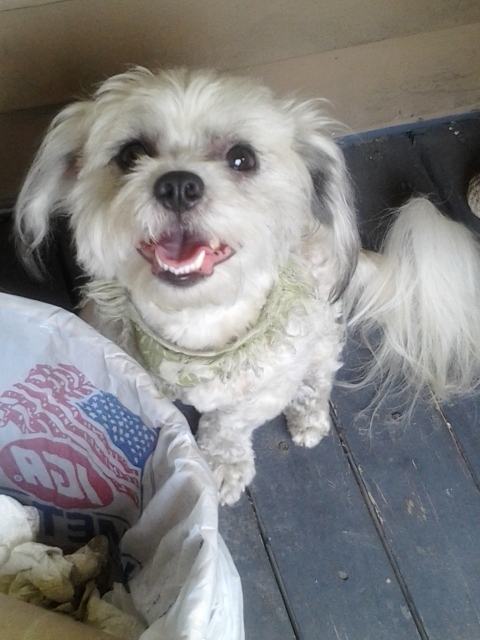 My shitzu/bision (is on facebook)
Question
Barkley
Barkley Layberger ,my dear 2 ye
My shitzu/bision (is on facebook)
Question
Barkley
Barkley Layberger ,my dear 2 ye
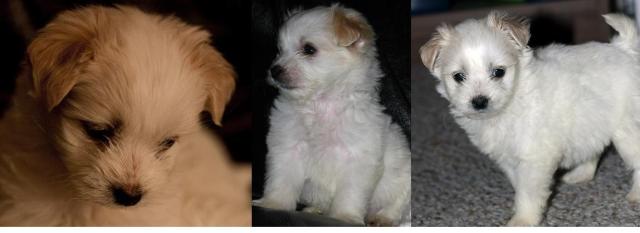 maltese with brown ears
Question
maltese
we bought a dog and owner said its pur
maltese with brown ears
Question
maltese
we bought a dog and owner said its pur
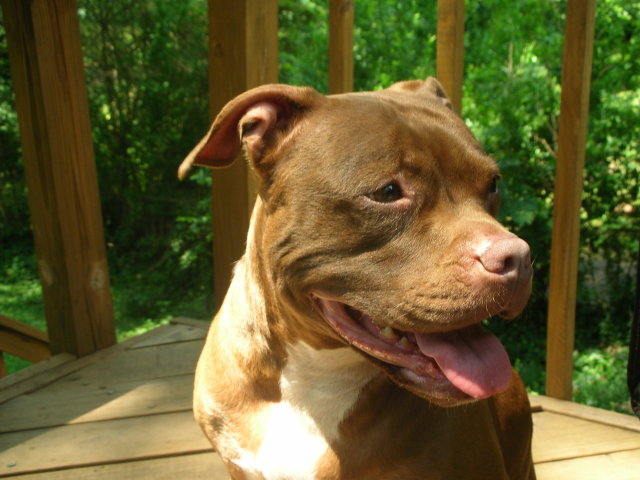 Coping with Incontinence
Question
Abi
Abi, my 8 year old female spayed pit bull,
Coping with Incontinence
Question
Abi
Abi, my 8 year old female spayed pit bull,
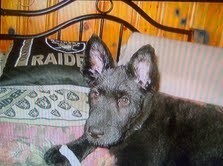 what is my dog????
Question
Connie
Patti, i got my dog Connie a few months
what is my dog????
Question
Connie
Patti, i got my dog Connie a few months
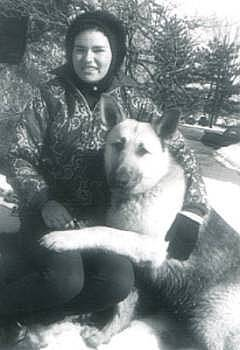 What dog is right for me?
QuestionHi,
my name is Miriam and I am 12 years old.
What dog is right for me?
QuestionHi,
my name is Miriam and I am 12 years old.